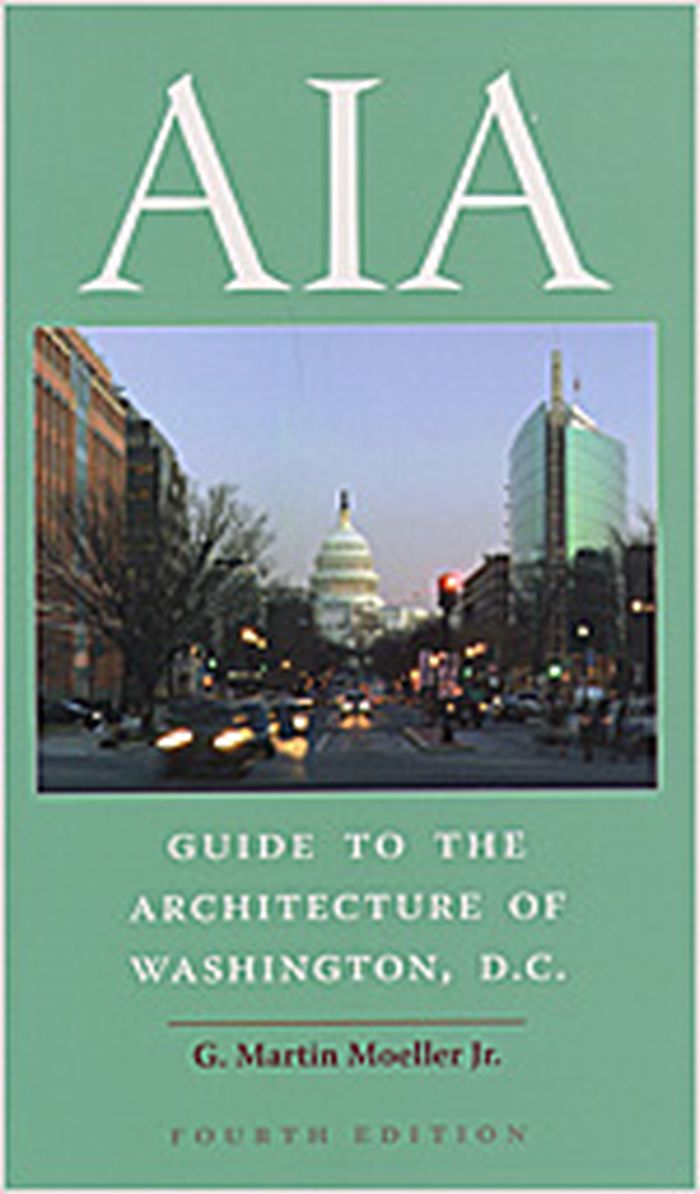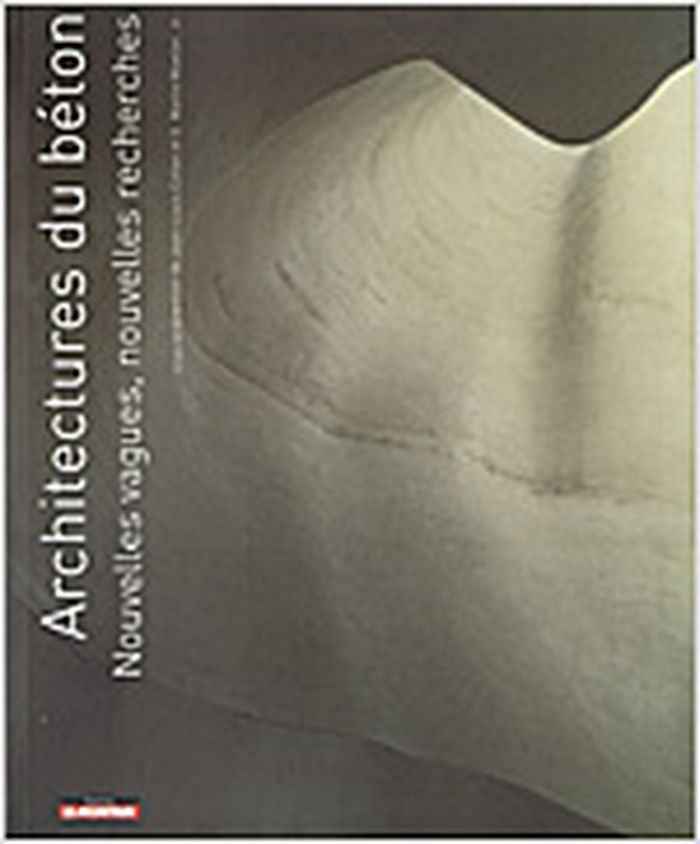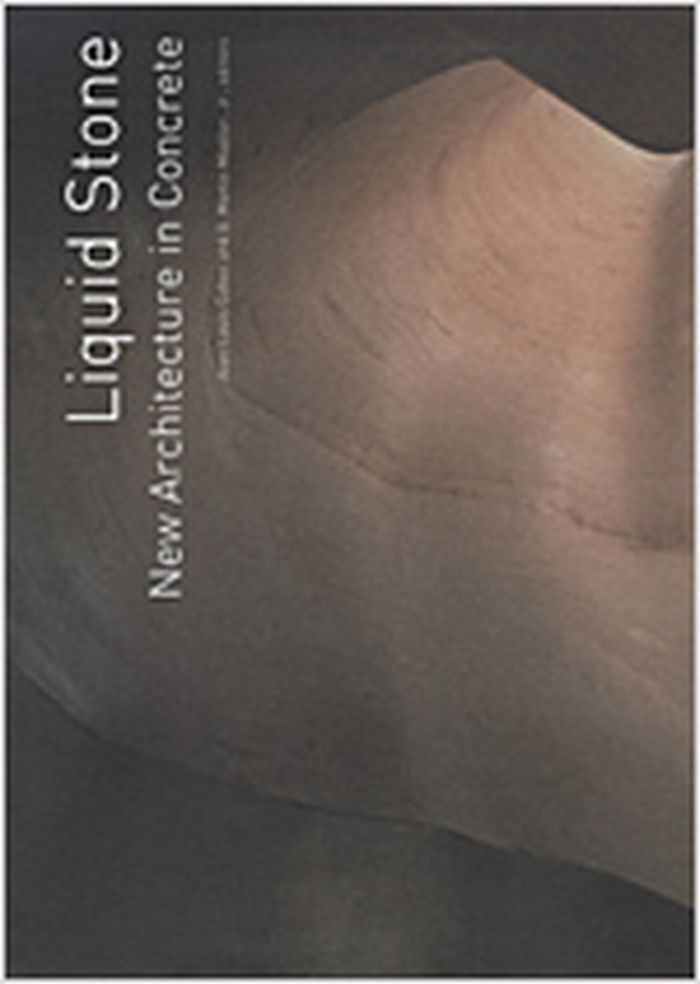$25.95
(available to order)
Summary:
The fourth edition of the AIA guide to Washington's architecture offers tourists, residents, and architecture aficionados insights into nearly 400 of the city's most important architectural landmarks, organized into 19 discrete tours. All entries carried over from the previous edition, published in 1994, have been rewritten, and numerous entries have been added. This(...)
AIA guide to the architecture of Washington, D.C.
Actions:
Price:
$25.95
(available to order)
Summary:
The fourth edition of the AIA guide to Washington's architecture offers tourists, residents, and architecture aficionados insights into nearly 400 of the city's most important architectural landmarks, organized into 19 discrete tours. All entries carried over from the previous edition, published in 1994, have been rewritten, and numerous entries have been added. This edition includes notable new structures such as the National Museum of the American Indian, as well as the classics that epitomize the city - the White House, the Capitol, Union Station - in addition to a number of private structures that are sometimes overlooked, including houses designed by Walter Gropius and Richard Neutra.
City Guides
$112.95
(available to order)
Summary:
Une sélection de projets et d'édifices récents qui révèlent l'ampleur de l'usage des nouveaux bétons. Avec une production de six milliards de mètres cubes de béton par an, soit au moins un mètre cube par personne, le béton est la deuxième substance la plus consommée par l’homme, après l’eau. Depuis longtemps choisi comme matériau pour la construction des aqueducs, des(...)
Materials and Lighting
June 2006, Paris
Architectures du béton : nouvelles vagues, nouvelles recherches
Actions:
Price:
$112.95
(available to order)
Summary:
Une sélection de projets et d'édifices récents qui révèlent l'ampleur de l'usage des nouveaux bétons. Avec une production de six milliards de mètres cubes de béton par an, soit au moins un mètre cube par personne, le béton est la deuxième substance la plus consommée par l’homme, après l’eau. Depuis longtemps choisi comme matériau pour la construction des aqueducs, des usines ou des parkings, le béton est aujourd’hui considéré par les architectes et les ingénieurs les plus inventifs comme un matériau indispensable, non seulement à cause de sa souplesse d’usage et de sa résistance mais également pour sa capacité expressive sans limite. Substance hybride composée de ciment, d’eau, de sable et d’agrégats minéraux, le béton n’a pas de forme propre : il endosse celle que lui imposent le coffrage et l’imagination de l’architecte. Grâce au développement d’étonnantes propriétés physiques et structurelles et de nouvelles techniques de construction liées au béton, ses caractéristiques n’ont cessé de le rendre plus attractif. Les recherches techniques ont donné naissance à de nouveaux composés défi ant toutes les idées jusqu’alors associées au béton : hier dense, mat et monolithique, il est désormais flexible, léger, flottant, autoplaçant, résistant malgré son extrême finesse, et peut même devenir translucide. Cet ouvrage rassemble des textes d’architectes, d’ingénieurs et d’universitaires qui décrivent du point de vue technique autant qu’esthétique la nature changeante du béton. Conçus par les architectes Jean Nouvel, Herzog & de Meuron, Tadao Ando, Zaha Hadid, Steven Holl, Norman Foster ou Santiago Calatrava, plus d’une trentaine de bâtiments sont présentés avec des descriptions détaillées, des photographies et des dessins techniques. Textes de : Jean-Louis Cohen; Adrain Forty; Réjean Legault; Martin Moeller; Guy Nordenson; Antoine Picon; Billie Tsien; Franz-Josef Ulm; Tod Williams.
Materials and Lighting
$84.50
(available to order)
Summary:
Produced at a rate of five billion cubic yards per year, concrete is the second most widely consumed substance on earth, after water. It is ubiquitous and easily taken for granted as the stuff of sidewalks and roads, power plants and parking garages. Concrete is also, however, a favored material of cutting- edge architects and engineers, who value not only its versatility(...)
Materials and Lighting
March 2006, New York
Liquid stone : new architecture in concrete
Actions:
Price:
$84.50
(available to order)
Summary:
Produced at a rate of five billion cubic yards per year, concrete is the second most widely consumed substance on earth, after water. It is ubiquitous and easily taken for granted as the stuff of sidewalks and roads, power plants and parking garages. Concrete is also, however, a favored material of cutting- edge architects and engineers, who value not only its versatility and strength but its unlimited potential for imaginative expression. A hybrid substance made from cement, water, sand, and mineral aggregates, concrete–or liquid stone–has no intrinsic form. In the hands of talented designers, its ultimate appearance is dictated by the framework into which it is poured and the color, texture, or pattern applied to its surface. In a series of essays by top architects, engineers, and scholars, " Liquid stone " explores the nature of concrete, its past and future, from technical, artistic, and historical perspectives. Over thirty buildings by leading international architects including Jean Nouvel, Herzog – de Meuron, Zaha Hadid, Steven Holl, Norman Foster, and Santiago Calatrava are presented through detailed descriptions, photographs, and technical drawings.
Materials and Lighting


